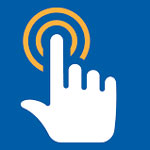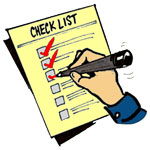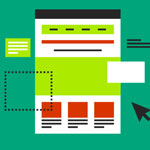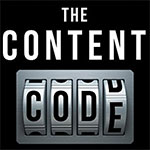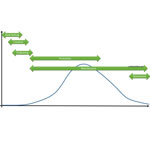Call to Action Definition
Different content marketers offered different definitions for Call to Action (CTA) in content marketing.
Here are some of the most popular ones:
Call to Actions are simple, yet targeted, phrases directly responsible for encouraging your audience to take a next step toward becoming a loyal customer, such as downloading your white paper, following you on Twitter, registering for your webinar, or sharing your content with a friend or colleague. (Content Marketing Institute)
A call-to-action (usually abbreviated as CTA) is an image or line of text that prompts your visitors, leads, and customers to take action. It is, quite literally, a “call” to take an “action.” (HubSpot)
A call to action (CTA) refers to any device designed to prompt an immediate response or encourage an immediate sale. (Wikipedia)
A call to action is an element of a marketing campaign that entices, persuades or otherwise invites a site visitor to take a specific action. The action can refer to making a purchase, requesting more information, subscribing to newsletters and a number of other business goals. (Brafton)
These definitions and many other similar ones can be distilled as follows:
Call to Action (or CTA) persuades your audience to take one further step in its journey by providing them with a valuable offer.
Call-to-Action Examples
Grammarly asks you to add its extension to Chrome browser emphasizing that it’s a free offer.
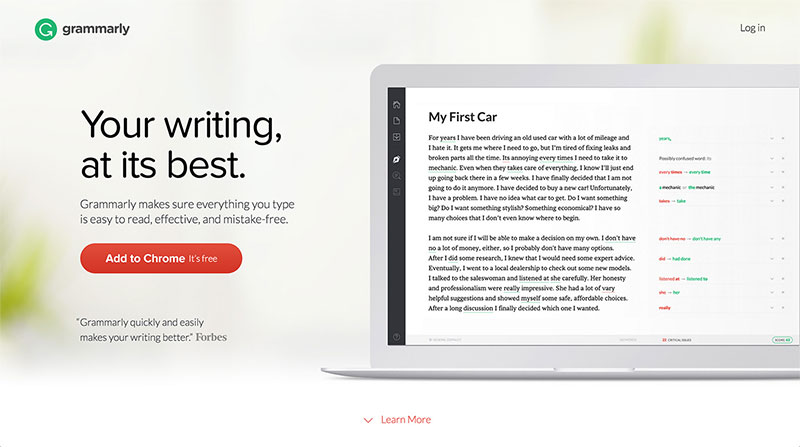
HubSpot offers you a challenging question: How strong is your website?
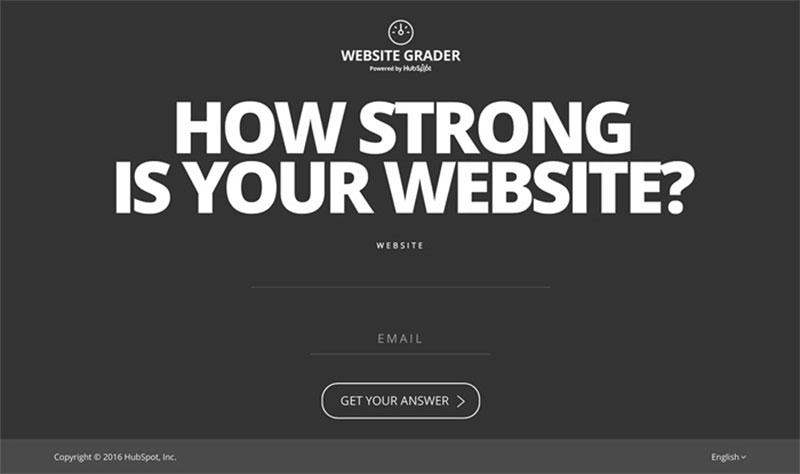
Audible pushes you to jump on the bandwagon: Jump on the train that already millions of people have jumped on.
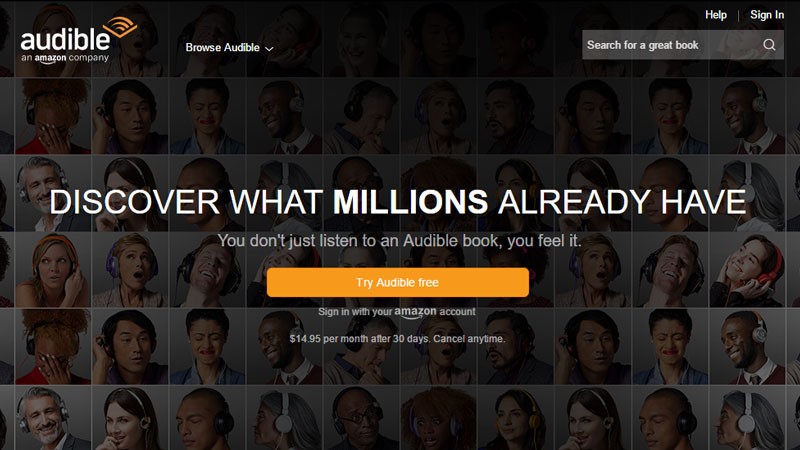
Google AdSense program, assuming that you already know it, just reminds you its slogan: Turn your passion into profit by signing up.
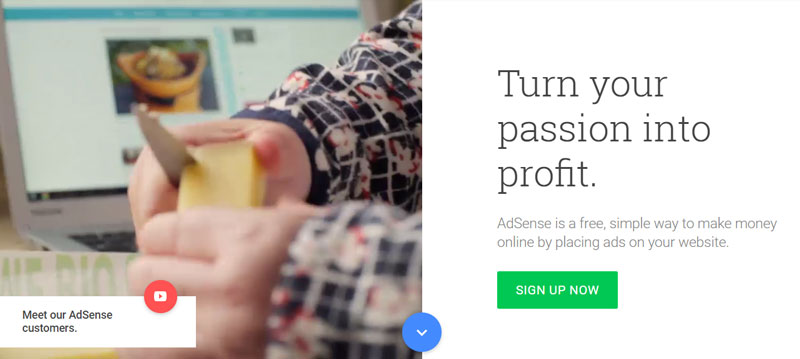
Call-to-Action Guidelines
Considering CTA definition and above examples, it’s not hard to imagine a wide variety of CTAs. Nonetheless, the following points may be helpful in re-evaluating your landing pages and optimizing their conversion rate:
There are many other actions besides purchasing your product. Don’t consider Call-to-action and Ask-for-Payment as synonyms. Here are a few other options:
- Watching a video or listening to a podcast
- Reading another article
- Subscribing to your mailing list
- Subscribing to your RSS feed
- Bookmarking your page
- Downloading a PDF file
- Writing a comment
- Sharing your content
Be sure that your CTA is highly visible and is not cluttered up by other contents. Clean designs often lead to higher conversion rates.
Size matters. This axiom might not hold true in other areas but surely plays a key role in CTAs. Beware of your type size and never use small or even normal fonts.
What’s your value proposition? You’d never have a second chance to talk about your proposed value. So seize the opportunity and tell your differentiated value to your visitor clearly. Some content marketers refer to this topic as the answer to what’s in it for me question.
Never trust your intuition. Always use A/B tests and be sure that all your critical assumptions are tested in the real field.
Less is more when humans are going to choose. Based on what Barry Schwarz teaches us in his book titled Paradox of Choice, offering a wide range of actions to the visitors eventually will lead to inaction. Therefore, it might be helpful to provide two or three different options. But be careful in offering an Action Menu with a broad range of choices.
